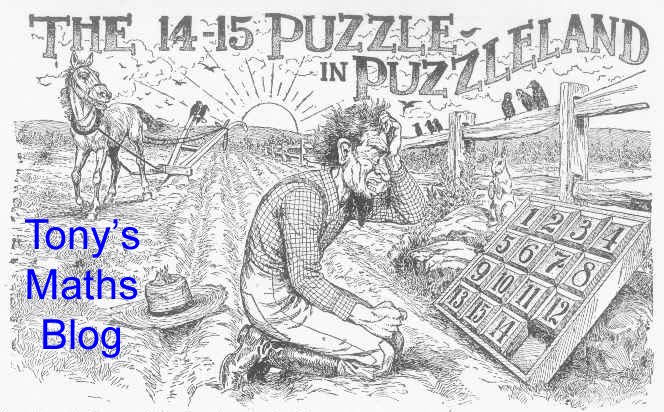Apologies to any regular readers for the paucity of recent posts, due to pressure of work. A suitable New Year Resolution would be to post more often next year.
This final post of 2014 comes from my presentation at MathsJam and was inspired by a puzzle in (I think) Which Way Did the Bicycle Go by Konhauser, Velleman and Wagon.
Like most mathematicians coffee is important to me. I like my breakfast coffee to be strong and black, and (since one wants as much as possible of a good thing) I want my cup to be full.
So how much coffee does my cup hold? Well, it is basically cylindrical, so you might assume the volume of coffee it can contain is pi(r^2)h. But just as the surface of the ocean is not flat but part of the surface of a sphere, so is the surface of my coffee. And the volume extra bit I get over the top of the cup depends on the curvature of te sphere - the more curved, the more coffee I get.
What is the curvature? It depends how near to the centre of the earth we are. The closer to the centre of the earth, the sharper the curvature and the more coffee in the cup. (If my cup were infinitely far from the centre of the earth then the surface of my coffee would be flat.)
So the higher my cup is, the less it can contain. Which means that if I fill my coffee cup to the brim, as soon as I lift it to drink from it, it will spill.
Physicists may tell me that I am ignoring effects like surface tension or changes in density with altitude. But I'm a pure mathematician and such incidental matters don't interest me. What is annoying is that in an idealised mathematical universe I can't drink from a full cup of coffee without spilling some. Which is one more way in which the world doesn't work as it should.
